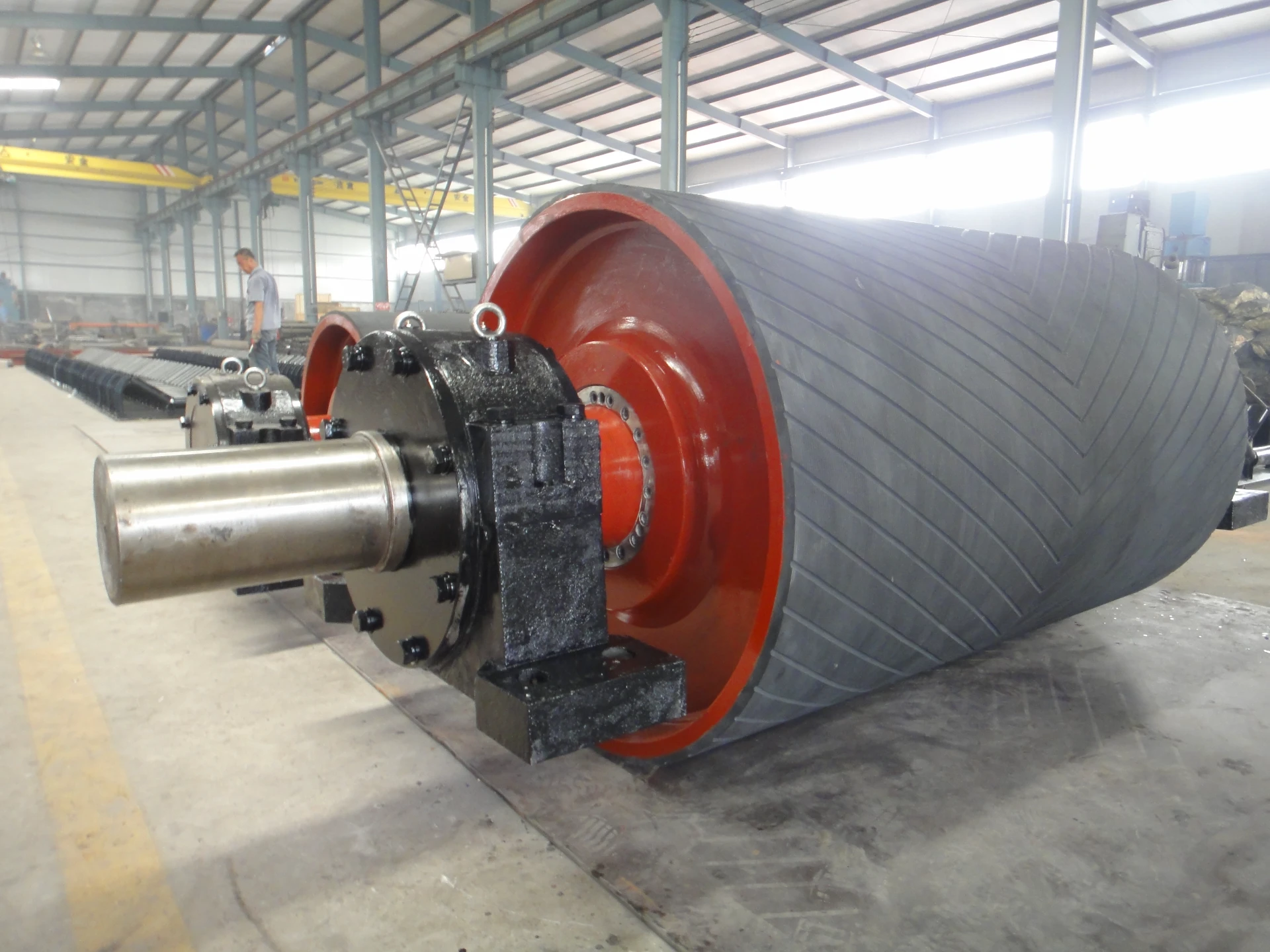 Afrikaans
Afrikaans  Albanian
Albanian  Amharic
Amharic  Arabic
Arabic  Armenian
Armenian  Azerbaijani
Azerbaijani  Basque
Basque  Belarusian
Belarusian  Bengali
Bengali  Bosnian
Bosnian  Bulgarian
Bulgarian  Catalan
Catalan  Cebuano
Cebuano  Corsican
Corsican  Croatian
Croatian  Czech
Czech  Danish
Danish  Dutch
Dutch  English
English  Esperanto
Esperanto  Estonian
Estonian  Finnish
Finnish  French
French  Frisian
Frisian  Galician
Galician  Georgian
Georgian  German
German  Greek
Greek  Gujarati
Gujarati  Haitian Creole
Haitian Creole  hausa
hausa  hawaiian
hawaiian  Hebrew
Hebrew  Hindi
Hindi  Miao
Miao  Hungarian
Hungarian  Icelandic
Icelandic  igbo
igbo  Indonesian
Indonesian  irish
irish  Italian
Italian  Japanese
Japanese  Javanese
Javanese  Kannada
Kannada  kazakh
kazakh  Khmer
Khmer  Rwandese
Rwandese  Korean
Korean  Kurdish
Kurdish  Kyrgyz
Kyrgyz  Lao
Lao  Latin
Latin  Latvian
Latvian  Lithuanian
Lithuanian  Luxembourgish
Luxembourgish  Macedonian
Macedonian  Malgashi
Malgashi  Malay
Malay  Malayalam
Malayalam  Maltese
Maltese  Maori
Maori  Marathi
Marathi  Mongolian
Mongolian  Myanmar
Myanmar  Nepali
Nepali  Norwegian
Norwegian  Norwegian
Norwegian  Occitan
Occitan  Pashto
Pashto  Persian
Persian  Polish
Polish  Portuguese
Portuguese  Punjabi
Punjabi  Romanian
Romanian  Russian
Russian  Samoan
Samoan  Scottish Gaelic
Scottish Gaelic  Serbian
Serbian  Sesotho
Sesotho  Shona
Shona  Sindhi
Sindhi  Sinhala
Sinhala  Slovak
Slovak  Slovenian
Slovenian  Somali
Somali  Spanish
Spanish  Sundanese
Sundanese  Swahili
Swahili  Swedish
Swedish  Tagalog
Tagalog  Tajik
Tajik  Tamil
Tamil  Tatar
Tatar  Telugu
Telugu  Thai
Thai  Turkish
Turkish  Turkmen
Turkmen  Ukrainian
Ukrainian  Urdu
Urdu  Uighur
Uighur  Uzbek
Uzbek  Vietnamese
Vietnamese  Welsh
Welsh  Bantu
Bantu  Yiddish
Yiddish  Yoruba
Yoruba  Zulu
Zulu idler for conveyor belt
Understanding Idlers for Conveyor Belts Essential Components for Efficient Material Handling
In industrial settings, conveyor belts play a crucial role in transporting materials from one location to another. These systems are designed to handle various materials, often in challenging environments, making them integral to operations in sectors such as mining, manufacturing, and logistics. A vital component of conveyor belts that significantly influences their efficiency and lifespan is the idler.
What is an Idler?
An idler is a mechanical component that supports the conveyor belt and helps maintain its tension. Positioned under the belt, idlers are rotating rollers that guide and stabilize the belt as it moves. Without idlers, the conveyor belt would sag, leading to misalignment, increased wear, and potential breakdowns. They serve as a foundation, ensuring the belt runs smoothly over a predefined path while minimizing friction.
Types of Idlers
Idlers come in various designs, each suited for specific applications. The most common types include
1. Standard Idlers These are typically used in general applications and are available in both stationary and adjustable designs. They are ideal for supporting the belt in a normal working environment.
2. Impact Idlers Placed at loading points, impact idlers are designed to absorb the shocks caused by heavy materials dropping onto the belt. This cushioning effect protects the belt and minimizes wear.
3. Return Idlers Located on the return side of the conveyor belt, return idlers prevent belt sagging and ensure even tension throughout the system. They also help guide the belt back to the starting point.
4. Training Idlers These idlers are used to keep the conveyor belt properly aligned. They are equipped with pivoting mechanisms that automatically adjust the belt's position, preventing it from drifting off course.
5. Self-Cleaning Idlers Designed to reduce material buildup, these idlers have features that minimize the accumulation of residue on the rollers. This cleaning function is crucial in preventing belt slippage and ensuring consistent material flow.
idler for conveyor belt

Importance of Idlers
The significance of idlers cannot be overstated. They contribute to several key aspects of conveyor belt operation
1. Efficiency Properly functioning idlers minimize friction between the belt and the supporting surfaces. This reduction in friction leads to lower energy consumption, which is particularly important in large-scale operations where energy costs can be substantial.
2. Belt Life By providing support and maintaining tension, idlers significantly extend the lifespan of conveyor belts. Well-designed idlers decrease wear and tear on the belt, resulting in fewer replacements and lower maintenance costs.
3. Material Handling Idlers help maintain the belt’s alignment and stability, ensuring that materials are transported efficiently and safely. This stability is particularly crucial in preventing spillage and ensuring a consistent flow of goods.
4. Safety A well-maintained idler system reduces the likelihood of belt malfunctions, which can pose safety risks to workers. Proper idler function decreases the chances of accidents related to belt failures, thus promoting a safer working environment.
Maintenance of Idlers
To maximize the benefits of idlers, regular maintenance and inspection are essential. Factors such as wear, misalignment, and debris accumulation can affect performance. Regular checks allow for early detection of issues, enabling timely repairs or replacements. Lubricating the bearings and ensuring that the idlers are properly aligned can also prevent premature wear and ensure longer service life.
Conclusion
In conclusion, idlers are a fundamental part of conveyor belt systems, playing a critical role in their operation and efficiency. Understanding the different types of idlers, their functions, and the importance of maintaining them can significantly impact the productivity of material handling operations. As industries continue to evolve and demand efficient material transport solutions, attention to components like idlers will remain crucial for optimizing performance and ensuring safety in the workplace. By investing in high-quality idlers and committed maintenance practices, businesses can achieve greater operational success and longevity in their conveyor systems.
-
Revolutionizing Conveyor Reliability with Advanced Rubber Lagging PulleysNewsJul.22,2025
-
Powering Precision and Durability with Expert Manufacturers of Conveyor ComponentsNewsJul.22,2025
-
Optimizing Conveyor Systems with Advanced Conveyor AccessoriesNewsJul.22,2025
-
Maximize Conveyor Efficiency with Quality Conveyor Idler PulleysNewsJul.22,2025
-
Future-Proof Your Conveyor System with High-Performance Polyurethane RollerNewsJul.22,2025
-
Driving Efficiency Forward with Quality Idlers and RollersNewsJul.22,2025





























